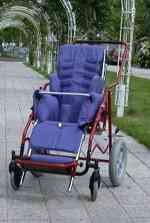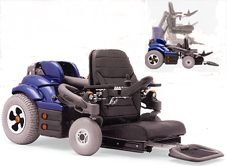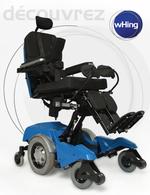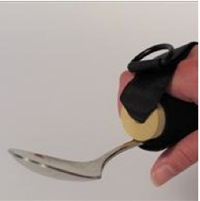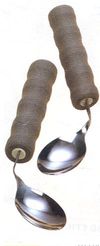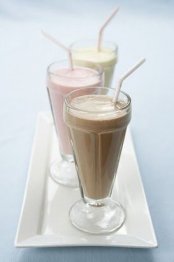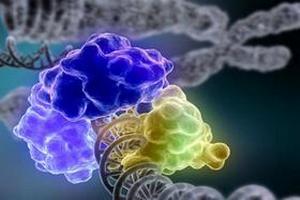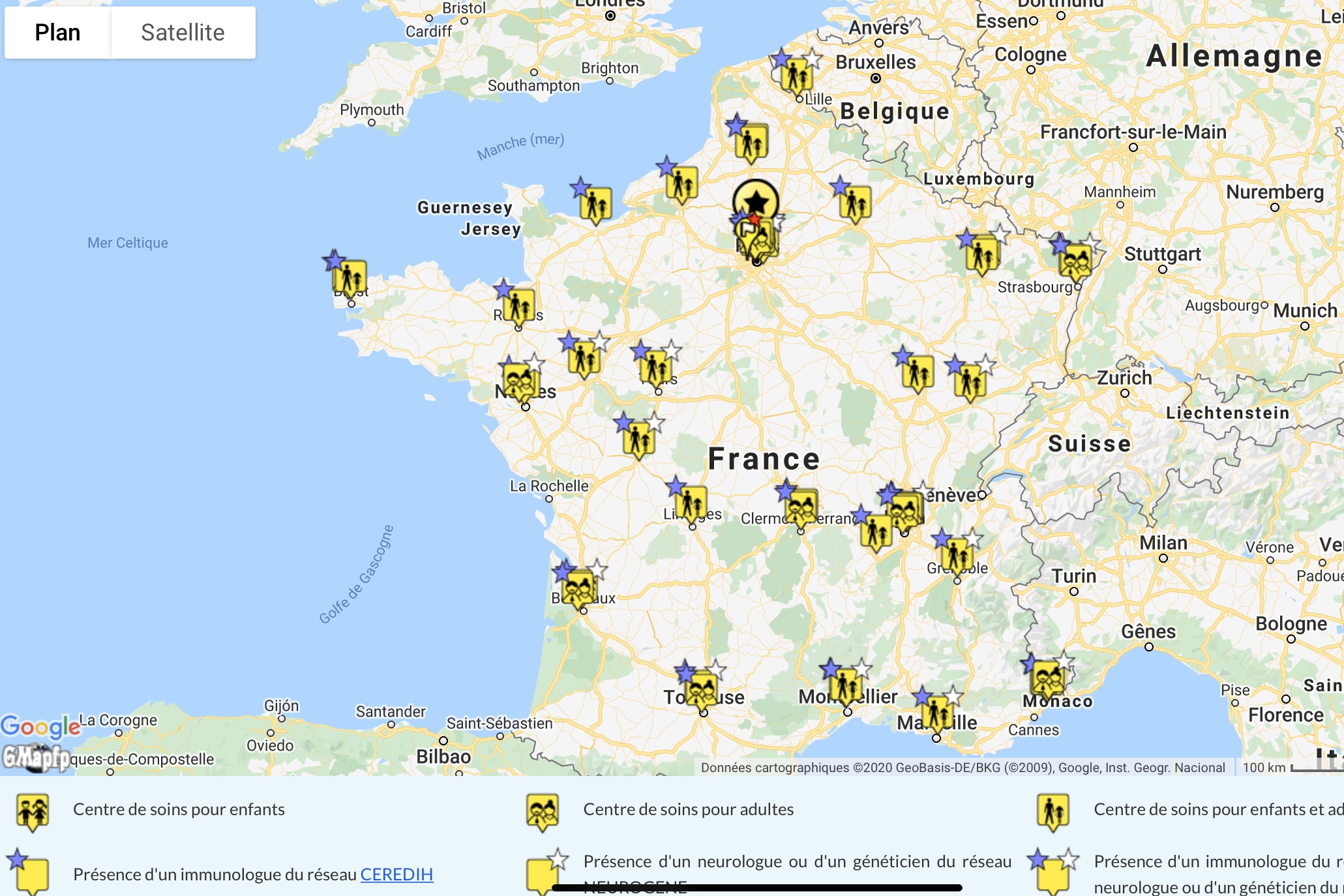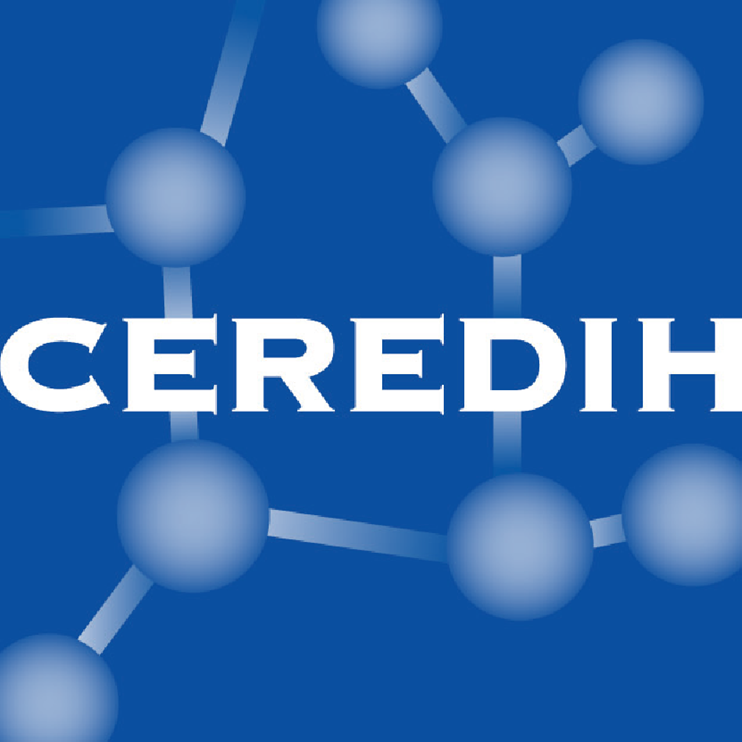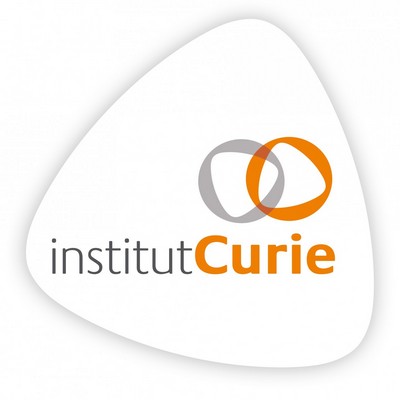generic helvetica, discount sans-serif;">When speaking about ergonomics of a workstation, there is a clear interaction between the support (table, shelf, desk ...), the seat (chair, chair, seat ...) and the ground. The support:
- must fit the seat
- must allow the working tools to be at hand
- must be complete the seat to reach the optimal position to use tools while minimizing fatigue
The seat
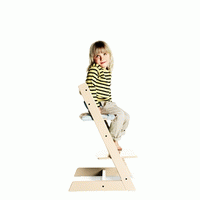
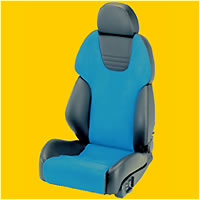 Many daily activities are done in a sitting position, either to perform a task, relax watching TV or even move when one is equipped with a wheelchair. Comfort and success of these tasks for patients with AT depend on the ability of the hardware on which they sit to ensure good stability.
Many daily activities are done in a sitting position, either to perform a task, relax watching TV or even move when one is equipped with a wheelchair. Comfort and success of these tasks for patients with AT depend on the ability of the hardware on which they sit to ensure good stability.
In the ideal:
- Transfer from soil to the seat should be easy
- The seat should be at such a height that the feet touch the ground, or be equipped with a stepping stone
- The seat should keep the body steady while providing freedom of movement necessary for the task
There is a wide range of components that can stabilize the arms, trunk and head that will allow the patient to better control its movement and to do better his everyday tasks. It is the management team, particularly the physiotherapist and the occupational therapist who are able to judge the usefulness of each support. On a chair, they may be :
- A good seat quality
- A good back support
- Stalling the trunk sideways
- Armrests or tablets
- A headrest
- A footrest
- A belt
Sometimes a simple cushion can be enough to stabilize a position but in any case, it is important to keep in mind that the use of a tool must meet a need, therefore, be as temporary as possible.
If it is not possible to use a wheelchair at home, seats, sometimes from non specializded manufacturers , may well combine aesthetics and functionality. Clicking on images will open links to various manufacturers.
Finally, it is possible to have a customized set built based on specifications which will be determined by the doctor of physical medicine .
the Support
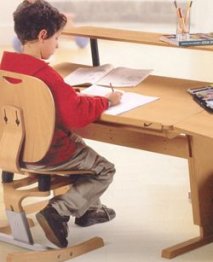 Just as important as the seat is the work table, the support for the task. Whether to write, eat or even play, it is important that the seat position is optimal relative to the support. Thus, the setting of one or the other, or both, should be possible.
Just as important as the seat is the work table, the support for the task. Whether to write, eat or even play, it is important that the seat position is optimal relative to the support. Thus, the setting of one or the other, or both, should be possible.
For the working surface, adjustments relate primarily to the height and tilt. One can imagine also that it can support the elbows naturally with a flare or even a flush, that the legs do not interfere with the operation of a chair, or it is shaped so that an assisting person can remain closer to the user.
A special attention should also be given to accessibility and usability of objects. They must be within reach of the user and remain stable. One can for example use a rough surface that will prevent them from slipping.
As for the seats, the choice is vast to be equipped as needed:
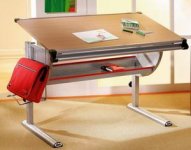 Furniture commercial centers, IKEA type, provide desk adjustable height, with rounded shape and sometimes bowing. Having a handyman in the entourage is even better.
Furniture commercial centers, IKEA type, provide desk adjustable height, with rounded shape and sometimes bowing. Having a handyman in the entourage is even better.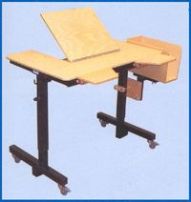 Specialized manufacturers , often the same as for the seats, are pushing the possibilities of adaptation to the extreme and therefore, it is always possible to find a solution to a problem. But in this case, the brake may be financial. However, if you are close to an charity, aid is still possible or you may even find some intersting deals on the internet or even on eBay.
Specialized manufacturers , often the same as for the seats, are pushing the possibilities of adaptation to the extreme and therefore, it is always possible to find a solution to a problem. But in this case, the brake may be financial. However, if you are close to an charity, aid is still possible or you may even find some intersting deals on the internet or even on eBay.
As it has just been said, the choice is vast and images (links) of this section are only examples. You will certainly find a comprehensive selection on more specialized sites such as those treating of the disabilities.


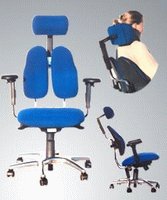
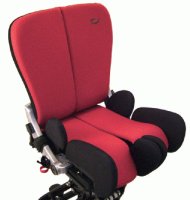
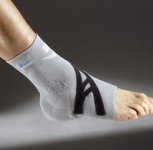
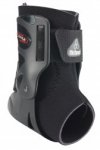
.jpg)
.jpg)
